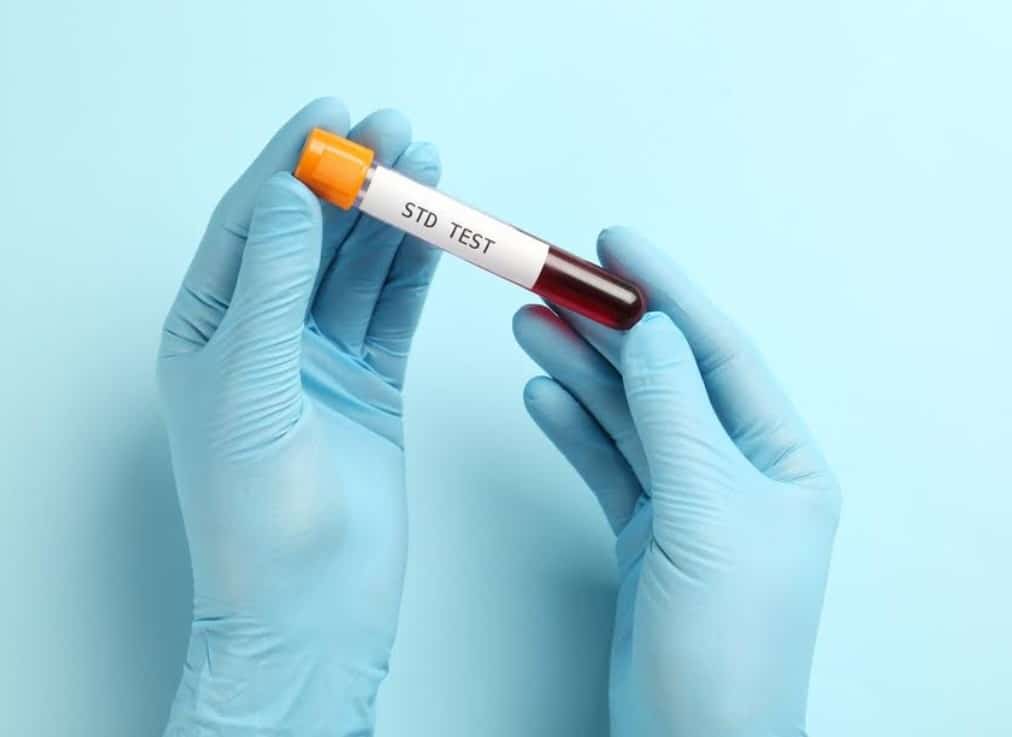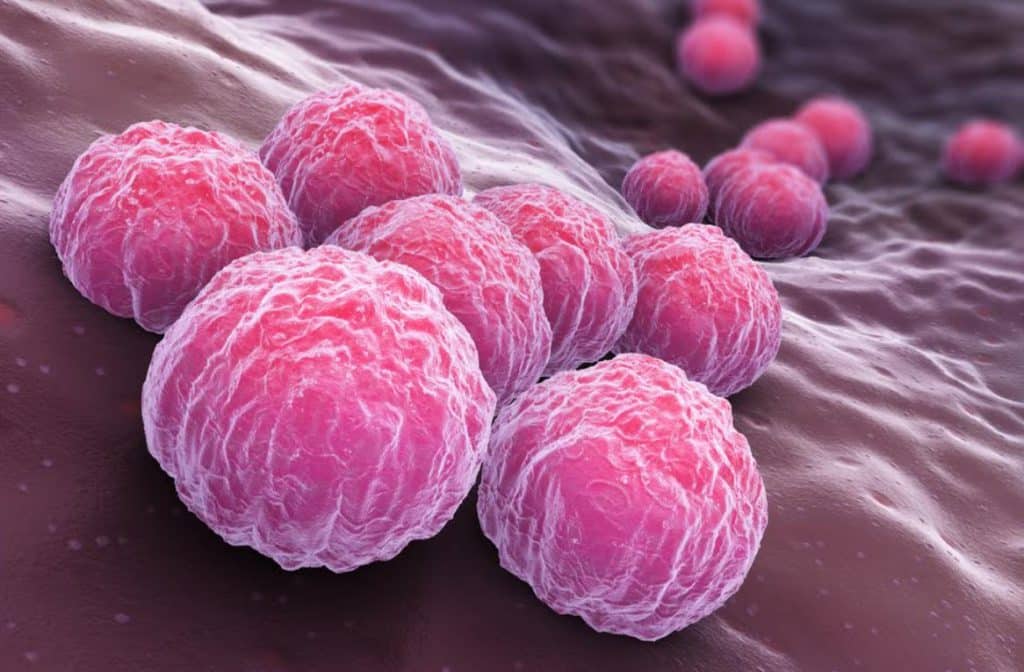Infertility is a lot more common than you think. In fact, it is one of the major reasons why couples visit hospitals; either together or individually. Thankfully, infertility is not the end of the road. Once the doctors are able to identify the major cause of infertility, which may be STDs, the journey to conception and childbirth begins. Just like infertility, STDs can affect both men and women. As a result, it is beneficial to stay informed about the various STDs that cause infertility.
At the end of this post, you’d have learned about the relationship between infertility and STDs, as well as the various treatment options available.

STD and Infertility: An Overview
Sexually Transmitted Diseases (STDs) pass from one person to another through sexual contact.
This means that a person who is not sexually active has no fear of STDs. Furthermore, STDs are particularly common in adults of about 25 years and younger. On the other hand, STIs (Sexually Transmitted Infections) arise from bacterial or viral infections and may lead to one or more STDs.
About 30% of female infertility cases result from problems with the fallopian tube, and STDs are a common cause. For example, most cases of Pelvic Inflammatory Disease (PID) result from a previous or current history of STDs. In addition, these diseases can lead to tubal factor infertility, causing damage to the ovaries and ultimately causing infertility.
Thankfully, there is a ray of hope.
The fact is: screening for STDs is relatively cheap and easy. In addition, STDs make up one of the most preventable causes of infertility.

As a result, the Center for Disease Control and Prevention (CDC) recommends that all sexually active women below the age of 25 undergo annual chlamydia and gonorrhea screening. In addition, women over the age of 25 with any of the following risk factors should also screen regularly:
- Having an infected partner
- Having new or multiple partners
- Previous history of STIs.
How Do STDs Cause Infertility?
As we mentioned earlier, untreated STDs can cause infertility in both men and women.
In women, an STI left untreated can cause inflammation and scarring in the fallopian tubes and the uterus. This makes it hard for the sperm to reach the egg. With scarred fallopian tubes, there’s also a high risk of ectopic pregnancies, which occur when an already fertilized egg implants anywhere apart from the uterus.
As you’d learn in this post, an unseen ectopic pregnancy can be life-threatening.
In men, STI can damage the epididymis and urethra, resulting in infertility.
The epididymis is a long tube that transports sperm from the testes while the urethra is a tube that transports urine and semen out of the body into the female’s reproductive tract. Damage to either or both tubes affects the transport of sperm from the male.
STDs That Can Cause Infertility in Both Male and Female
1. Chlamydia
According to the American College of Obstetrics and Gynecology (ACOG), this is the most common STD.
Chlamydia transmits through sexual contact and can affect both men and women. In fact, there is usually no symptom with chlamydia, so infected people are unaware that they have the infection.
Chlamydia can damage the uterus and fallopian tubes, scarring them if left untreated. This decreases the chances of becoming pregnant and causes infertility. According to the CDC, about 10% to 15% of women with untreated chlamydia will develop PID.
In males, chlamydia can affect the health of the sperm, thereby impairing fertility.

2. Gonorrhea
Gonorrhea can affect any sexually active person, irrespective of gender.
In most cases, this disease is passed from person to person via vaginal, oral, or anal sex. Furthermore, recent studies show that gonorrhea is prevalent in young people between the ages of 15 to 24 years.
Gonorrhea can thrive in a woman’s reproductive tract, particularly the uterus and the fallopian tube. If left untreated, it can lead to PID and tubal factor infertility. In men, gonorrhea can cause scarring of the epididymis. This blocks the tube and prevents the sperm from entering the woman’s tract during sexual intercourse, leading to male infertility.
3. Syphilis
This STD results from bacterial infection.
Although it often passes through sexual contact, it can also travel via contact with a syphilis sore. Untreated syphilis can also be transmitted from an infected mother to her unborn baby. As a result, pregnant women with untreated syphilis face a higher risk of miscarriages or stillbirths.
On the other hand, syphilis does not have a direct effect on male fertility. However, its complications can result in a swelling of the epididymis. This can then go on to cause infertility.
Treating Infertility Caused by STDs
1. Tubal factor infertility
This is often treated through surgical or nonsurgical procedures.
In most cases, the treatment option depends on the extent and location of the damage. A reliable option is to remove the blockade through a salpingectomy. In this procedure, the surgeons remove a part of the blocked tube. Another surgical alternative is salpingostomy which creates a new opening near the ovary.
On the non-surgical wing, tubal cannulation remains a popular choice. It involves using a catheter to find the blockage and removing it (the blockage) from the fallopian tube. In other cases, both surgical and non-surgical options are unavailable due to irreparable damage to the fallopian tubes.
In this case, assisted reproduction is the only option
2. Pelvic inflammatory disease
PID is treatable with oral antibiotics. Although this treatment must be accompanied by abstinence from sexual activities.
In severe cases, surgery may be necessary
3. Male infertility caused by epididymitis
This is also treatable with antibiotics for about 4 to 6 months.
In addition, doctors often prescribe anti-inflammatory medications and advise sexual abstinence until the treatment is complete.
If the treatment with medication is unsuccessful, surgery may be needed.
Conclusion
STDs are preventable.
The best way to do this is to abstain from casual sex, use condoms correctly and avoid sexual contact with anyone with symptoms such as genital sores or discharge, and rash.
Furthermore, having just one sexual partner largely reduces the risk of STDs.
Finally, it is best for you to get vaccinated against common STDs. You should also get screened for STDs if you’re sexually active.
If positive for any, get treated immediately.

